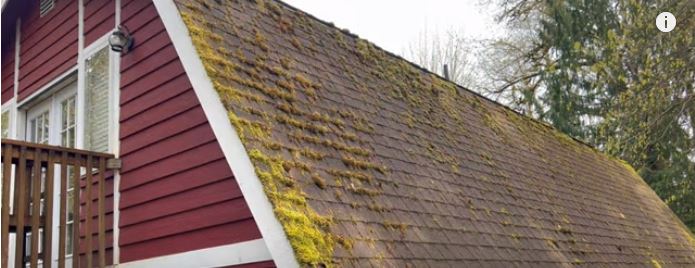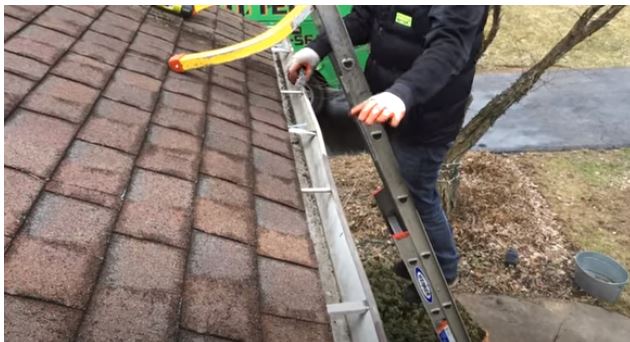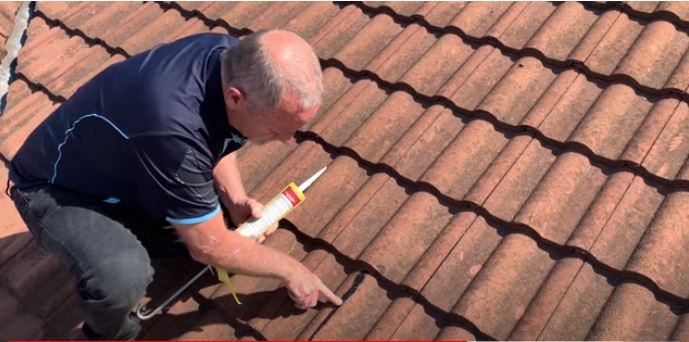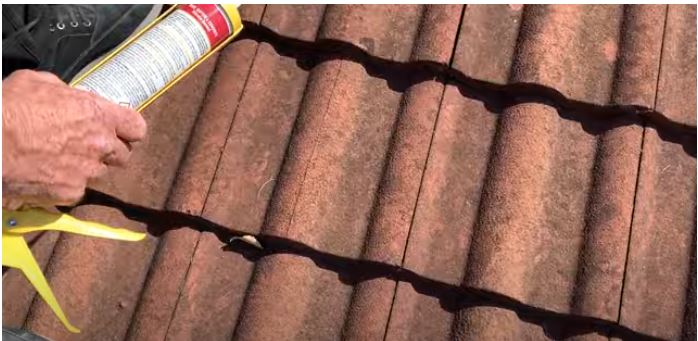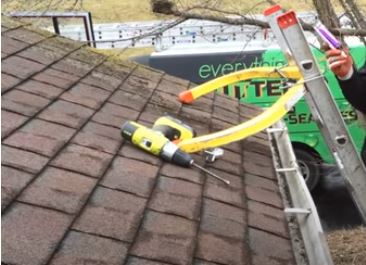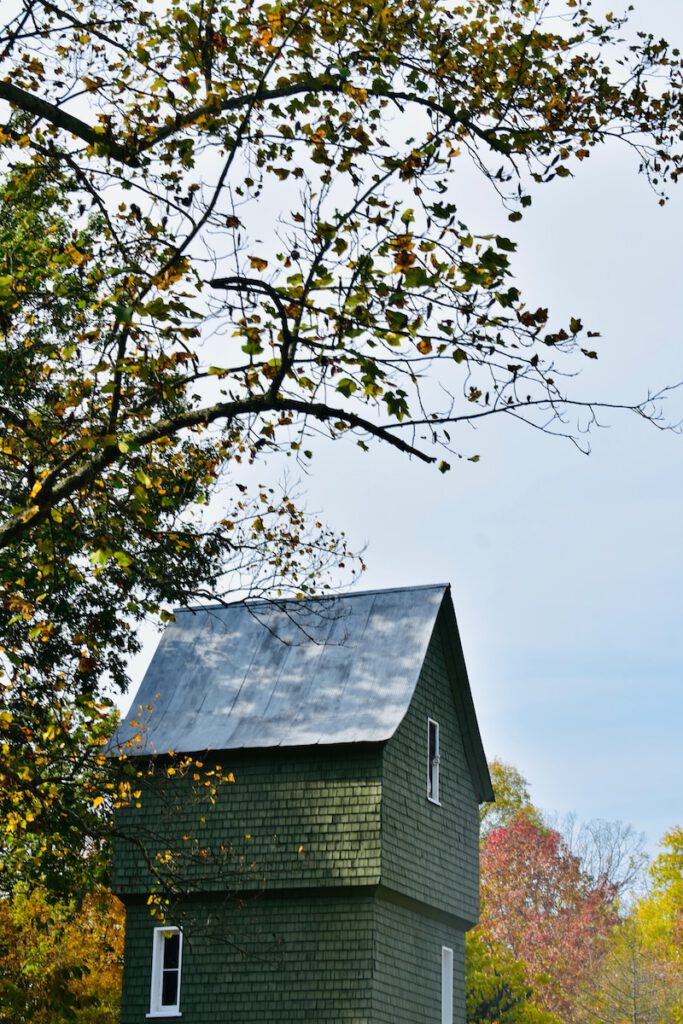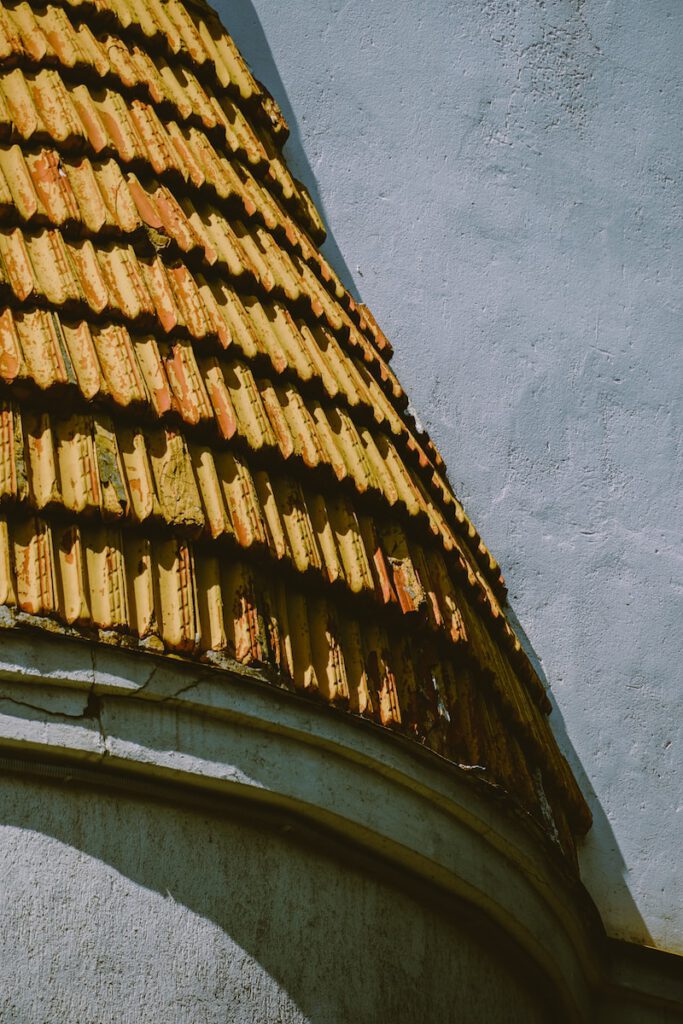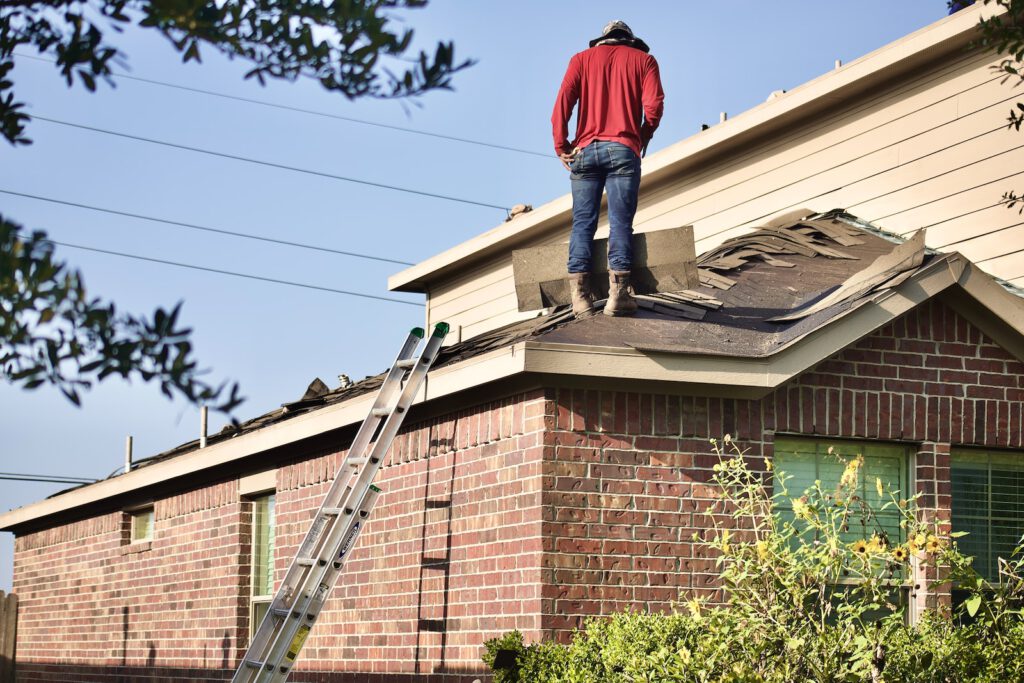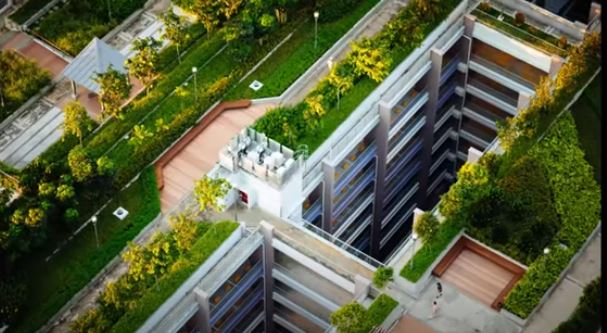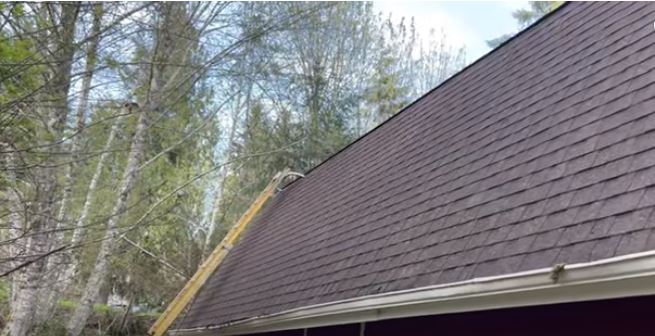
Defying Dimensions: The Modern Twist on Traditional Flat Roofing
Flat roofing, an architectural design choice that has stood the test of time, has become increasingly significant in modern architecture. This once simple and functional design has evolved into a versatile and visually striking feature, favored for its minimalist aesthetic and functional benefits. As we delve into the world of flat roofing, we will explore its evolution, from traditional methodologies to innovative techniques and materials that have transformed it into a modern design marvel.
I. Introduction
The evolution of flat roofing is a testament to human ingenuity and architectural prowess. The traditional methods, which prioritized functionality over aesthetics, have undergone significant changes. These changes have not only enhanced flat roofing’s performance but have also made it a stunning architectural feature in today’s buildings.
II. The Basics of Traditional Flat Roofing
A. Definition and characteristics of traditional flat roofs
Contrary to their name, traditional flat roofs are not entirely flat. They possess a slight gradient, called a pitch, to facilitate water drainage. The design is simplistic, prioritizing durability and functionality. One of the defining characteristics of traditional flat roofs is their use of conventional materials such as gravel, tar, and bitumen.
Traditional flat roofs are known for their simplicity and functionality. They are designed with a slight pitch to ensure proper water drainage. This pitch allows rainwater to flow off the roof, preventing any water accumulation that could lead to leaks or structural damage. The use of materials like gravel, tar, and bitumen provides a waterproof barrier, protecting the underlying structure from moisture.
B. Common materials used in traditional flat roofing
The materials used for traditional flat roofs were chosen for their ability to provide a waterproof barrier and withstand harsh weather conditions. The most common materials include tar and gravel, metal sheets, and bitumen. While these materials have served well for ages, they require regular maintenance and have a limited lifespan.
Tar and gravel, also known as built-up roofing (BUR), have long been the go-to materials for traditional flat roofs. This method involves layering multiple plies of roofing felt or fiberglass mats with asphalt or coal tar. The final layer is topped with gravel to protect the roof from UV rays and provide additional durability.
Metal sheets, such as copper or lead, are another common material used in traditional flat roofing. These sheets are durable, long-lasting, and resistant to fire and extreme weather conditions. However, they can be expensive and require skilled installation to ensure proper waterproofing.
Bitumen, a sticky and viscous material derived from crude oil, is commonly used as a waterproofing agent for traditional flat roofs. It is applied in layers to create a seamless and durable membrane that protects the roof from water infiltration. However, bitumen roofs are prone to cracking and require regular maintenance to prevent leaks.
C. Advantages and disadvantages of traditional flat roofs
Traditional flat roofs offer several advantages. They are cost-effective, easy to install, and provide extra usable space. However, they also have their disadvantages. These include a limited lifespan, high maintenance requirements, and vulnerability to weather conditions.
One of the main advantages of traditional flat roofs is their cost-effectiveness. The materials used, such as gravel and tar, are relatively inexpensive compared to other roofing options. Additionally, the simple design and installation process make them easy and quick to install, saving both time and money.
Traditional flat roofs also provide additional usable space. The flat surface can be utilized for various purposes, such as rooftop gardens, recreational areas, or even additional living space. This feature is especially beneficial in urban settings where outdoor space is limited.
However, traditional flat roofs have their drawbacks. They have a limited lifespan compared to other roofing options, typically lasting around 15 to 20 years. Regular maintenance is required to repair any cracks or leaks that may occur due to weathering or aging.
Furthermore, traditional flat roofs are vulnerable to weather conditions. They can be prone to leaks if not properly maintained or if the waterproofing materials deteriorate over time. Additionally, extreme weather events, such as heavy rain or snow, can put additional stress on the roof and increase the risk of damage.
III. The Modern Twist: New Techniques and Materials
A. Introduction to innovative flat roofing techniques
The advent of innovative techniques has redefined flat roofing. Modern flat roofs incorporate design elements like thermal insulation and water drainage systems. Innovations in material science have led to the introduction of materials like PVC, TPO, and EPDM that offer superior durability and weather resistance.
Modern flat roofing techniques have revolutionized the industry by incorporating innovative design elements. One such element is thermal insulation, which helps to regulate the temperature inside the building and improve energy efficiency. This is achieved through the use of insulation materials, such as rigid foam boards or sprayed polyurethane foam, which are installed beneath the roof membrane.
Water drainage systems are another important aspect of modern flat roofing. These systems ensure that rainwater is effectively channeled away from the roof, preventing any water accumulation that could lead to leaks or structural damage. Methods such as tapered insulation and scupper drains are commonly used to achieve efficient water drainage.
B. Advantages of modern flat roofing methods
Modern flat roofing methods offer numerous advantages. They are highly durable, require minimal maintenance, and are more energy-efficient. These methods also allow for creative design possibilities, transforming roofs into usable spaces like gardens or terraces.
One of the key advantages of modern flat roofing methods is their durability. Materials like PVC, TPO, and EPDM have excellent weather resistance and can withstand extreme temperatures, UV radiation, and chemical exposure. This ensures that the roof remains intact and leak-free for an extended period, reducing the need for frequent repairs.
Another benefit of modern flat roofing methods is their low maintenance requirements. Unlike traditional flat roofs, which often require regular inspections and repairs, modern flat roofs are designed to be virtually maintenance-free. The superior durability of the materials used, combined with proper installation techniques, minimizes the risk of leaks or other issues.
Modern flat roofing methods also contribute to energy efficiency. The incorporation of thermal insulation helps to reduce heat transfer between the building and the external environment, leading to lower energy consumption for heating and cooling. This not only helps to reduce utility bills but also has a positive impact on the environment by lowering carbon emissions.
Furthermore, modern flat roofing methods offer a range of design possibilities. The flat surface can be transformed into a usable space, such as a rooftop garden or terrace, providing additional recreational areas or even food production. This not only enhances the aesthetic appeal of the building but also promotes sustainability and biodiversity in urban environments.
C. Comparison of traditional and modern materials
While traditional materials like tar and gravel have served their purpose, modern materials provide improved performance. PVC, TPO, and EPDM are not only durable and weather-resistant but also provide better insulation. They are easier to install, require less maintenance, and have a longer lifespan.
Traditional materials like tar and gravel have been widely used in flat roofing for their waterproofing properties. However, these materials have limitations in terms of durability and insulation. They require regular maintenance to prevent cracks or leaks, and their lifespan is relatively short compared to modern materials.
On the other hand, modern materials like PVC (Polyvinyl Chloride), TPO (Thermoplastic Olefin), and EPDM (Ethylene Propylene Diene Monomer) offer significant advantages over traditional materials. These materials are highly durable and weather-resistant, capable of withstanding extreme temperatures, UV radiation, and chemical exposure. They also provide better insulation, helping to reduce energy consumption and improve comfort inside the building.
In addition, modern materials are easier to install and require less maintenance. PVC, TPO, and EPDM membranes can be manufactured in large rolls, making the installation process quicker and more efficient. These materials also have a longer lifespan compared to traditional materials, reducing the need for frequent replacements and repairs.
D. Case studies showcasing successful modern flat roofing projects
Several modern buildings serve as excellent case studies for modern flat roofing. The Apple Park in Cupertino, California, features a flat roof made from carbon-fiber panels, demonstrating the possibilities of material innovation. The iconic Marina Bay Sands in Singapore showcases how flat roofs can be transformed into stunning sky parks and infinity pools.
The Apple Park, also known as the “Spaceship Campus,” is a prime example of how modern materials and design can revolutionize flat roofing. The roof of the main building is made from carbon-fiber panels, which provide exceptional strength and durability. This innovative material allows for a seamless and lightweight roof design, creating a visually striking aesthetic.
Another notable example is the Marina Bay Sands in Singapore. This iconic building features a massive flat roof that houses a breathtaking sky park and an infinity pool. The rooftop garden offers stunning views of the city skyline and provides a recreational space for visitors. The design of the roof showcases the versatility and potential of modern flat roofing in creating unique and captivating architectural features.
IV. Incorporating Sustainability: Green Roofing
A. Definition and benefits of green roofing
Green roofing refers to the practice of growing vegetation on rooftops. It offers numerous environmental benefits, including improved air quality, energy conservation, and reduction of the urban heat island effect. In addition, green roofs provide aesthetic value and recreational opportunities.
Green roofing is a sustainable approach to flat roofing that involves the cultivation of vegetation on the roof surface. This practice offers a range of benefits, both for the environment and the building occupants. One of the key advantages is improved air quality. The plants on the roof absorb carbon dioxide and release oxygen, helping to mitigate air pollution and create a healthier environment.
Green roofs also contribute to energy conservation. The vegetation acts as a natural insulator, reducing heat transfer between the building and the external environment. This helps to lower the energy consumption for heating and cooling, leading to cost savings and a reduced carbon footprint.
Furthermore, green roofs help to mitigate the urban heat island effect. In urban areas, the concentration of buildings and paved surfaces can cause higher temperatures compared to surrounding rural areas. Green roofs absorb and evaporate heat, reducing the overall temperature and creating a more comfortable microclimate.
Green roofs also provide aesthetic value and recreational opportunities. The lush vegetation adds a touch of natural beauty to the building and the surrounding landscape. Additionally, rooftop gardens and green spaces can be used as recreational areas for building occupants, offering a peaceful retreat and promoting a connection with nature.
B. How green roofing integrates with modern flat roofing
Modern flat roofing techniques and materials have made it easier to incorporate green roofs. The flat surface provides an ideal space for growing vegetation, while the use of modern waterproofing materials ensures the building’s safety and integrity.
The integration of green roofs with modern flat roofing involves careful planning and implementation. The flat surface of modern flat roofs provides an ideal space for the installation of green roof systems. This includes the use of specialized layers, such as root barriers, drainage mats, and growing media, to support the growth of vegetation.
Modern waterproofing materials, such as PVC, TPO, and EPDM, are designed to provide a reliable and long-lasting barrier against water infiltration. These materials are compatible with green roof systems and can be seamlessly integrated to ensure the building’s safety and integrity. Proper installation techniques, including the use of edge details and flashing, help to prevent any water leakage and maintain the functionality of the green roof.
C. Examples of green roof installations on flat roofs
Several buildings worldwide feature impressive green roof installations. The California Academy of Sciences, for example, has a 2.5-acre living roof that reduces energy costs and provides a habitat for local wildlife. The Vancouver Convention Centre in Canada, with its 6-acre green roof, is another excellent example.
The California Academy of Sciences in San Francisco boasts a remarkable green roof that covers an area of 2.5 acres. This living roof is home to over 1.7 million native plants, creating a biodiverse ecosystem in an urban setting. The green roof helps to insulate the building, reducing energy costs, and provides habitat for local wildlife.
Another notable example is the Vancouver Convention Centre in Canada, which features a massive green roof spanning 6 acres. This green roof not only provides insulation and reduces stormwater runoff but also offers stunning views of the surrounding waterfront and mountains. The rooftop garden has become a popular attraction for both locals and visitors, showcasing the aesthetic and environmental benefits of green roofing.
V. Enhancing Aesthetics: Rooftop Gardens and Terraces
A. The rise of rooftop gardens and terraces in urban settings
Rooftop gardens and terraces have gained popularity in urban settings where outdoor space is a luxury. They not only enhance the appearance of buildings but also provide recreational space and contribute to local biodiversity.
In densely populated urban areas, where space is limited, rooftop gardens and terraces

